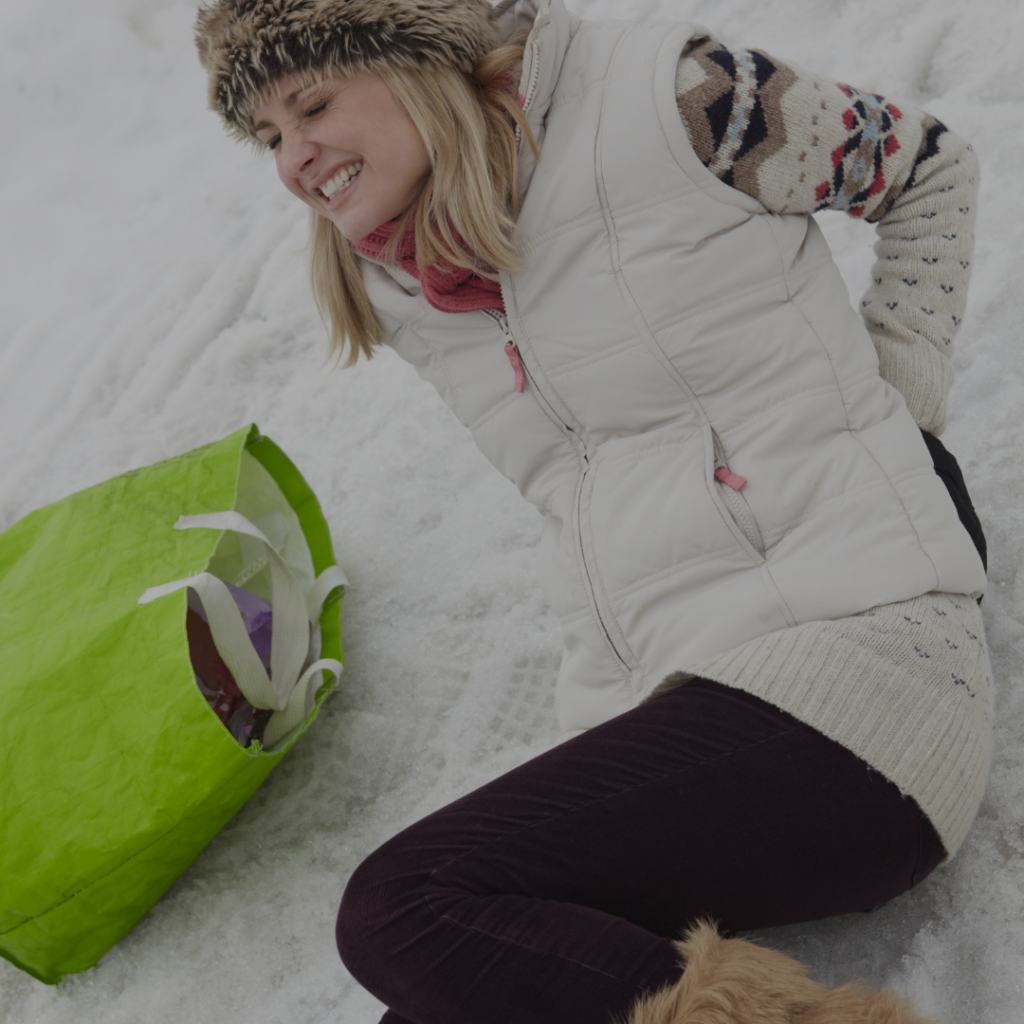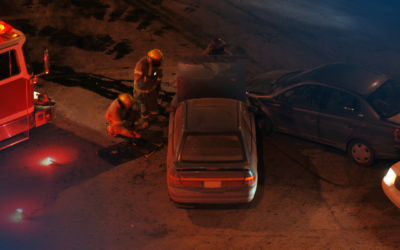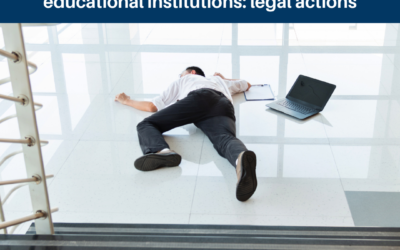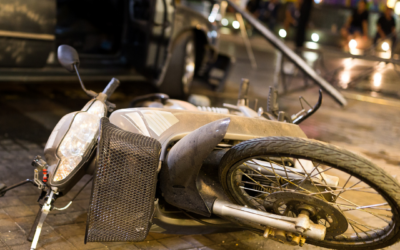Proving Fault in a Slip-and-Fall Accident
Slip and fall accidents are not just embarrassing stumbles; they can result in severe injuries and complex legal battles. Proving fault in such cases is crucial in determining whether the injured party can receive compensation for their damages. Today, we will delve into the critical elements of establishing fault in a slip-and-fall accident.
Proving Fault in a Slip-and-Fall Accident
To successfully prove fault, several factors need to be considered.
- Owner’s Duty of Care: First and foremost, the property owner’s duty of care comes into play. They are required to maintain their premises in a safe condition and to promptly address any hazardous risks that arise. This means regularly inspecting the property, addressing potential risks, and warning visitors about potential dangers.
- Behavior of the Injured Person: Another critical aspect is the injured person’s own behavior. Did they exercise reasonable caution and care while navigating the area? Were they engaged in any actions that might have contributed to the accident, such as distractions or reckless behavior? Comparative negligence, which compares the fault of the property owner and the injured party, is often considered. If the injured person’s negligence plays a significant role, it can impact the compensation they are entitled to.
- Evidence: Evidence is the linchpin in proving fault. Photographs or videos of the accident scene, documenting the hazardous conditions or risks that caused the slip and fall, can provide crucial visual evidence. Additionally, any reports filed at the time of the incident, such as incident reports with the property owner or manager, can serve as documentation of the accident.
- Witness Statements: Witness statements can also be invaluable. Testimonies from individuals who witnessed the accident can corroborate the injured party’s version of events and provide unbiased perspectives. These statements can help establish that the owner knew or should have known about the existing dangerous condition and failed to take appropriate action.
- Expert Opinions: In some cases, expert opinions might be sought. An expert in building maintenance or safety regulations can analyze the accident scene and testify whether the property owner’s negligence contributed to the accident. For instance, if a leaky roof caused a slippery floor, an expert could explain how proper maintenance could have prevented the situation.
It’s important to note that slip-and-fall cases often involve legal complexities. Property owners could argue that they were unaware of the hazardous condition, took reasonable measures to prevent accidents, or that the condition was so obvious that the injured person should have noticed it. Such defenses make evidence and thorough documentation even more crucial.



